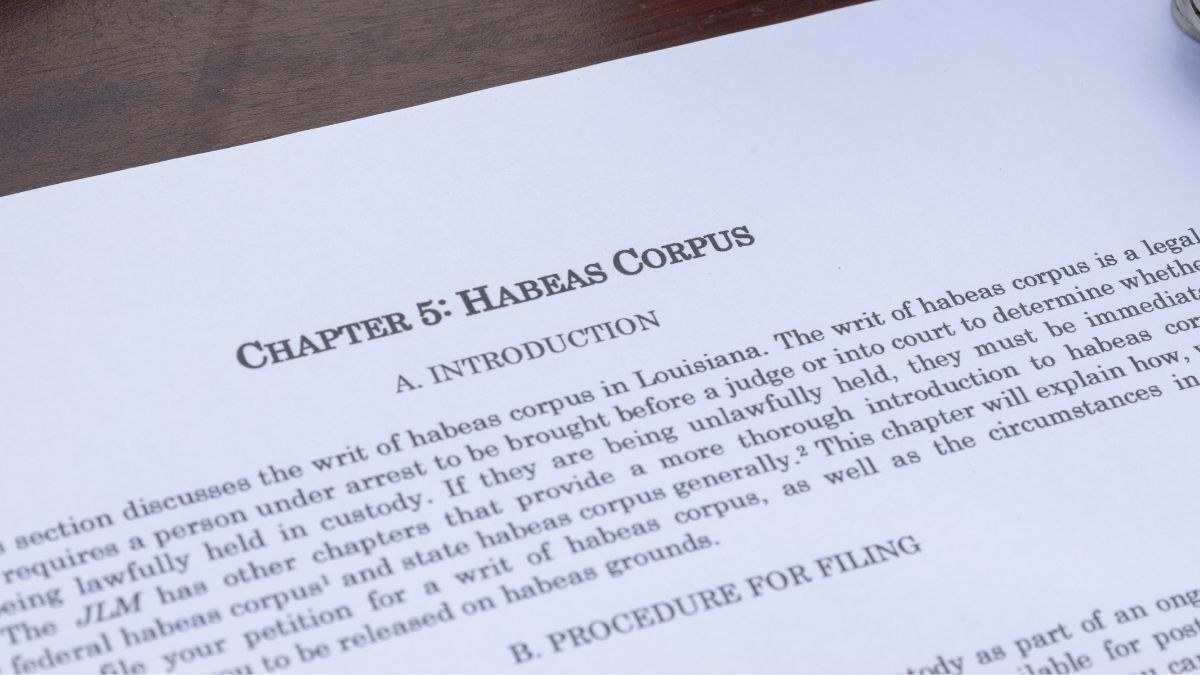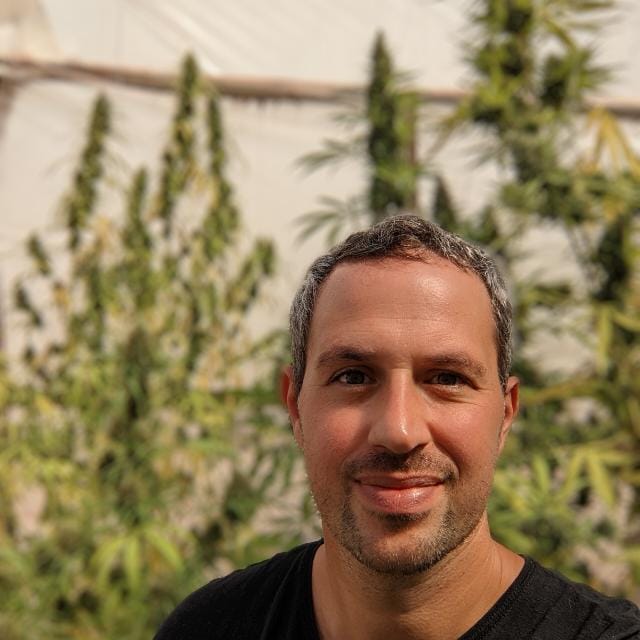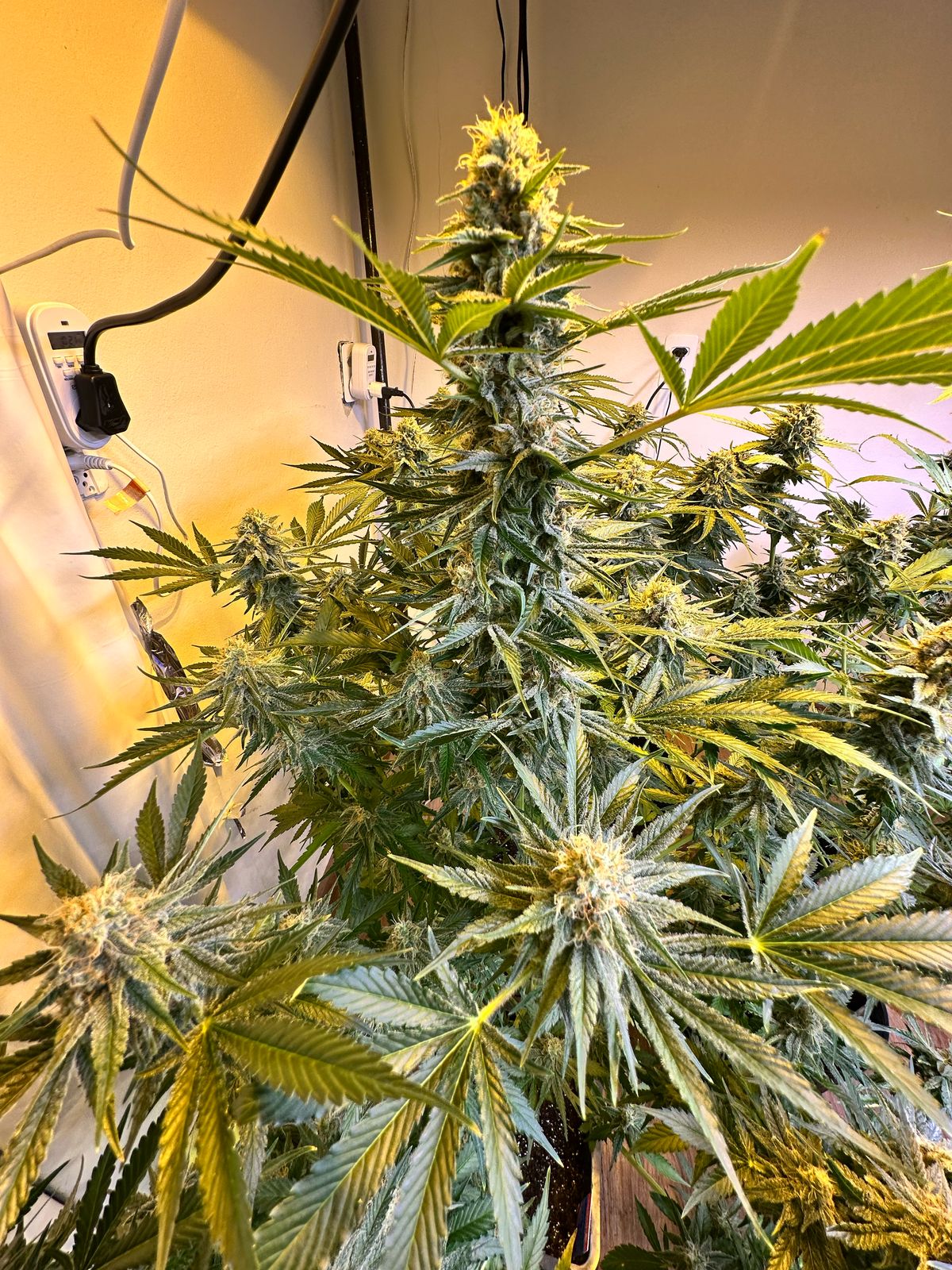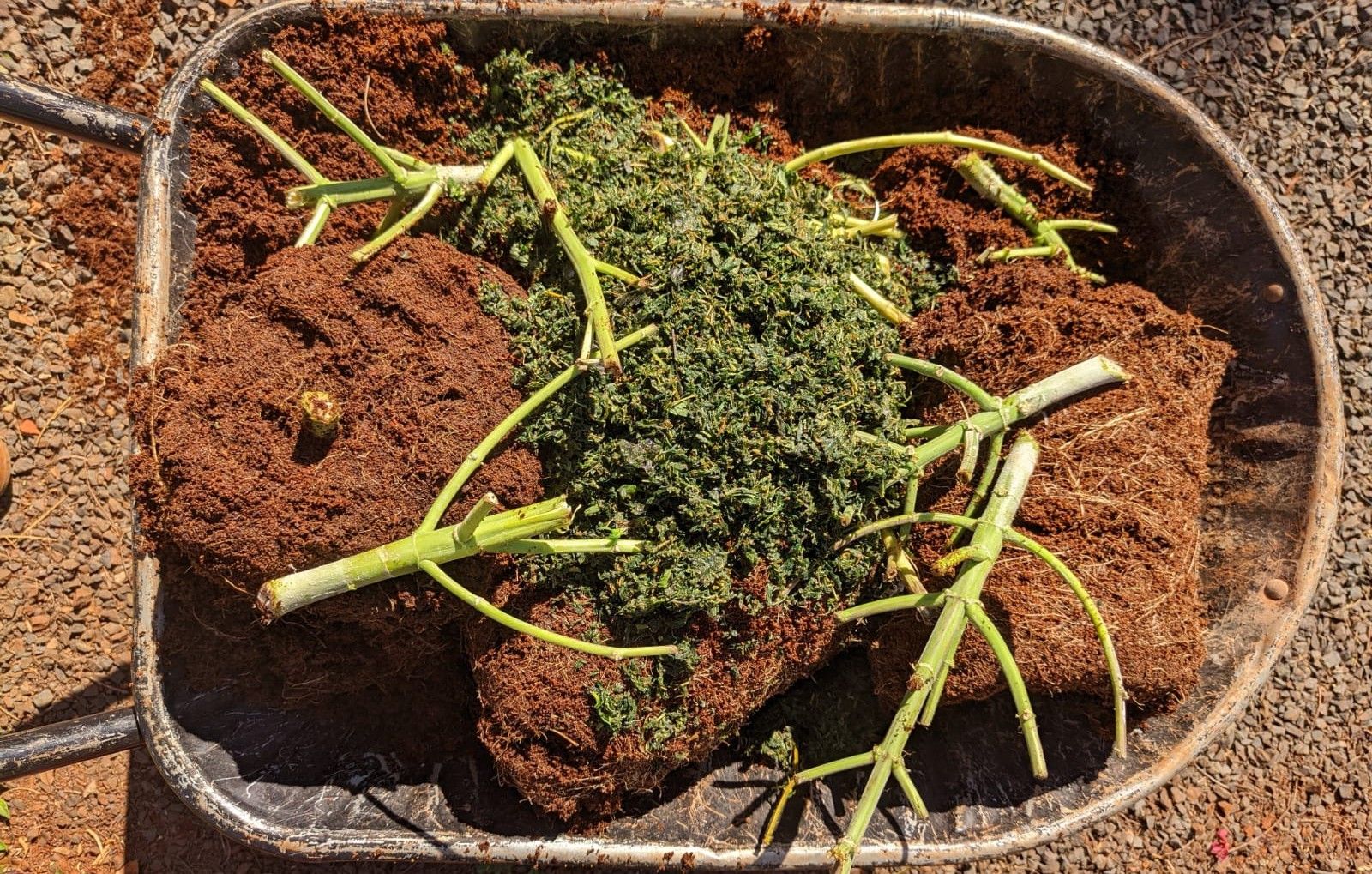Translating Medicine to Justice: The Role of the Agronomic Report in Habeas Corpus
Experts explain why the report has become indispensable to prove the therapeutic purpose and ensure the continuity of treatment
Published on 10/14/2025

Agronomic Report acts as a bridge between the medical prescription, cultivation, and legal language, translating the implications of home cultivation. Illustrative image: Canva Pro
For patients who depend on self-cultivation to obtain their medication, seeking a preventive Habeas Corpus is a complex, necessary, and growing path. In 2024, only in the Superior Court of Justice (STJ), 82 habeas corpus requests related to cultivation were recorded — an increase of 4,100% compared to 2018.
In this scenario, a document has gained prominence for the success of the process: the agronomic report. This report acts as a bridge between the medical prescription, cultivation, and legal language, translating the implications of home cultivation.

This is explained by Vinícius Carrasco, an agronomist who has been working with reports for medical purposes since 2023. "The agronomic report has as its main objective to materialize and make visible to the judge and the patient issues such as what will be the size of the garden necessary for the health treatment to take place in a safe, standardized, and continuous way," he states.
Carrasco points out the report as essential so that patients do not lack support to produce their plant-based medications. "A health treatment cannot be interrupted due to a lack of plants or a lack of material for processing," he adds.
How the Agronomic Report Scales Cultivation
The starting point for the preparation of the agronomic report is always the medical prescription, which specifies the daily amount of cannabinoids necessary for the patient. From this dosage, the agronomist begins a complex calculation to scale the garden.
"Production aspects, yield per plant, extraction technique used, and use of this extraction are considered. In addition to a safety margin for eventual factors such as insect attacks, diseases, or losses in cultivation," details Carrasco.
Several variables are analyzed, such as the prescribed product - oil, flowers - and the route of administration. Carrasco explains that he adopts a standard and safe method in his extraction calculations. "I always consider in the reports as a basis the cold ethanol extraction method. 10% [yield] ends up being a safe rate," he points out.
Focus on Efficiency and Control
This conservative approach also applies to the number of plants. According to the specialist, a smaller and well-managed garden is more efficient and better viewed by the Judiciary. "Sometimes a small well-cared-for garden will be much better than a large garden that lacks in quality. I always focus on this issue of a more conservative number of plants," he points out.

The concern is even greater when the patient's cultivation is done in an enclosed environment or "indoor". Issues such as temperature adjustment, humidity, ventilation, and luminosity generate additional costs and work, being better managed in smaller environments. "80, 50 plants in a backyard is already a lot, now imagine indoors. How many square meters does the patient have? What is their financial condition? Everything is taken into consideration".
The Prescription, the Report, and the Cultivation
The agronomic report is rarely the first step in the patient's journey. According to Vinícius Carrasco, the document is usually prepared four to six months after the start of treatment with medical cannabis, a period in which the doctor evaluates the therapeutic response.
During this interval, the role of the lawyer becomes central, as they are usually the ones who connect the patient to the specialist. "Usually, lawyers indicate the professionals who can meet this demand. So, patients reach the agronomist through referrals," he explains.
Once contact is established, the step-by-step process begins with the analysis of the medical prescription to understand the demand. From there, the agronomist starts a conversation to align the prescription with the patient's reality. "At this initial moment, initial questions are asked about technique, available space, possibility of investment or not," Carrasco details.
He emphasizes that he frequently offers technical support, especially for beginners. "The goal is to produce with high quality a plant that will become a medication that will accompany you for a long time. So, these initial care, I believe, are important".
Relevance of Information for Legal Purposes

Carrasco also emphasizes that the agronomic report should focus on relevant information for the judicial decision, avoiding excessive technical details. "The judge, the decision-maker, does not need to know what this cultivation methodology is. They need to know the number of plants," he clarifies.
"In the report, I avoid going into very technical details, such as lighting, fertilization, pot size, substrate type, because this is a theme that is not currently relevant. It is something that will be defined between the doctor, the patient, and the agronomist".
Another concern addressed is the destination of plant residues - leaves, branches, stems - concerns raised by judges. Carrasco recommends and describes a sustainable solution, such as composting. "By putting this plant material into the composting system, it will turn into an input that can return to the production cycle without any problem," he explains.
The Legal Importance of an Agronomic Report
From a legal point of view, the agronomic report provides the seriousness and foundation that the Habeas Corpus request requires. Carla Coutinho, lawyer and columnist at Sechat Portal, reinforces the importance of the document. "A well-prepared agronomic report provides technical robustness and legal credibility to the request. It shows the Judiciary that the intended cultivation has defined technical parameters, dispelling the idea of improvisation or social risk".
However, Coutinho warns that the report is part of a set of evidence. "The union of documents demonstrating the medical need is essential. This includes the report and the medical prescription, which prove the diagnosis and the indication of cannabis," she concludes.








